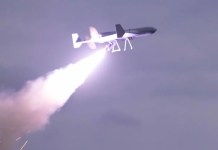A day after Ukrainian President Volodymyr Zelensky visited Washington, the US lawmakers were expected to approve a $45 billion aid package for Ukraine, including the Patriot Missile Defense battery. The missile defense system will guard against ballistic missiles like the Russian Iskander.
Incidentally, the Ukrainian President’s visit to the United States came right after Russian President Vladimir Putin paid a rare visit to Belarus, which sparked fears about Russia opening another front in the ongoing conflict.
The Belarusian military has now deployed a nuclear-capable ballistic missile, i.e., the Iskander and S-400 air defense systems have only added more fuel to these fears.
Belarusian President Alexander Lukashenko gave a special thanks to Putin for the Iskander missiles, despite receiving the best air defense systems in the world in the package.
He said, “Today, we have deployed the S-400 systems and, most importantly, the Iskander system that you handed over to us, as you promised six months ago.” The key word here is “most important.”
On his part, Zelensky has long pleaded with NATO for Patriot missiles to assist his country’s fight against Russian air raids that have destroyed Ukrainian cities, towns, and villages over the last three months.
Russian air strikes have mainly cut out power and water across the country, creating a humanitarian crisis. The PAC-3, if delivered, is expected to provide extensive protection against ballistic missiles.
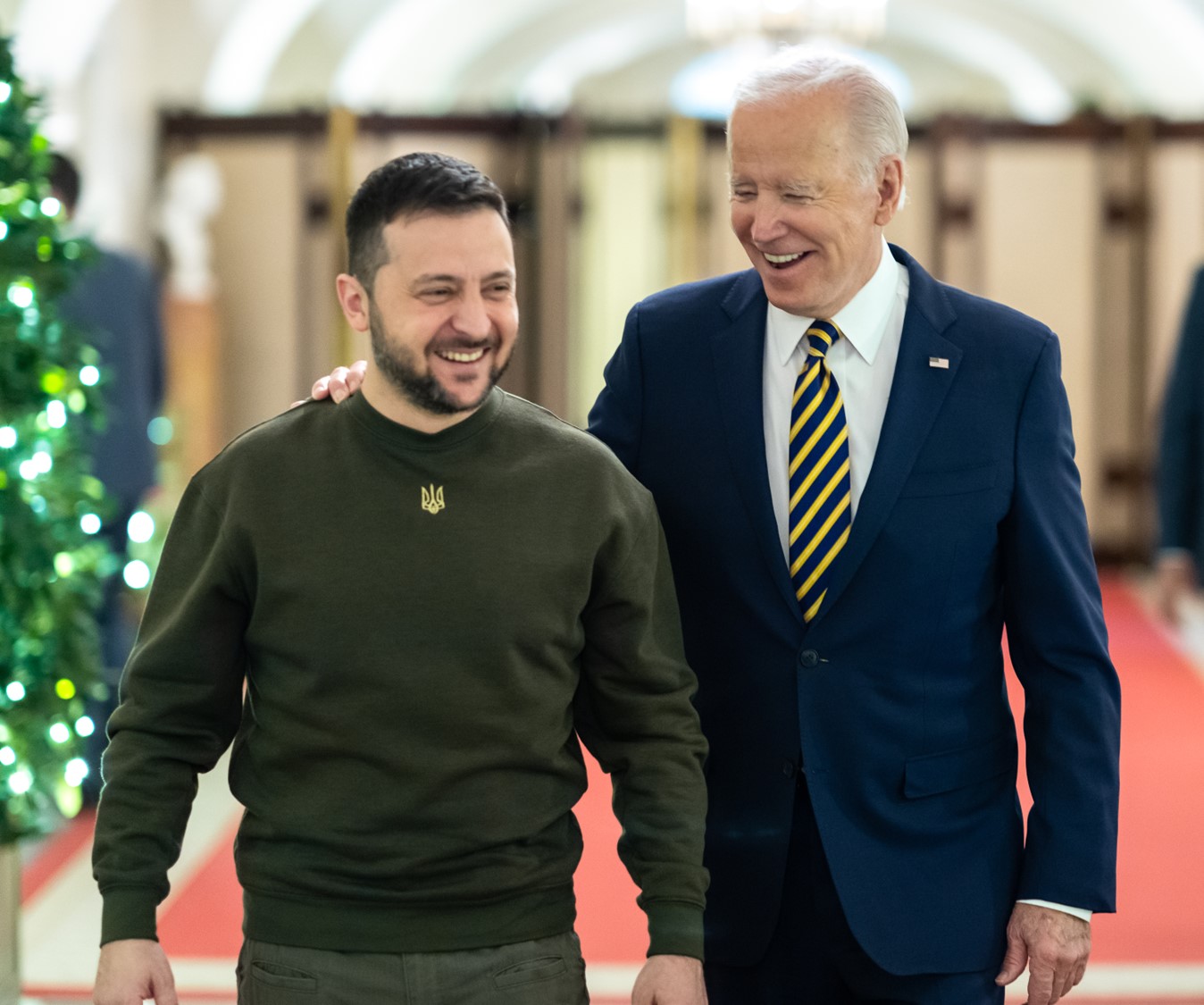
The decision to send the systems to Ukraine comes with a caveat that it will be months before the Patriot missiles arrive in Ukraine, along with the “several months” needed to train Ukrainian armed forces to field them. The US troops are expected to train the Ukrainian troops on the system in a third country, likely Germany.
Despite these reasonable caveats to avoid escalation, Russia has warned the United States against arming Ukraine with the Patriot missile defense. Dmitry Peskov, the Russian Presidential Spokesman, told reporters that the highly sought-after missile defense batteries would unquestionably be fair game for an attack by Russian missiles.
In addition, a day after Zelensky’s visit, Russian Ambassador to the United States Anatoly Antolov said in an interview with state news agency TASS that Moscow would like to know if Americans or citizens of other NATO countries will service the Patriot missiles bound for Ukraine.
A US official has already reaffirmed that “President [Biden] has been very clear from the beginning. He hasn’t wavered from and won’t waver from it tomorrow, next month, or next year that the United States is not sending forces to Ukraine to directly fight the Russians.”
Patriots Up-In-Arms Against Iskander Missiles
Former Indian Diplomat MK Bhadrakumar argues in his post that with the Iskander ballistic missiles that Russia has extensively deployed against Ukraine, Belarus has got the firewall it needs to keep assisting Russia’s covert military campaign in Ukraine.
This is significant as Belarus provides the strategic depth required for the next stage of Russia’s special military operations in Ukraine. The former diplomat writes, “As, in effect, Moscow may have signaled that the Anglo-American strategy to equip Ukraine steadily and stealthily to hit deep inside Russian territory will not go unanswered.”
Iskander is a unique mobile ballistic missile system with a 400-kilometer range, advanced precision attack capability, and the capability to carry a nuclear warhead. It is linked to a networked system of sensors and rapid strike missiles that may quickly launch attacks on targets around the theatre.
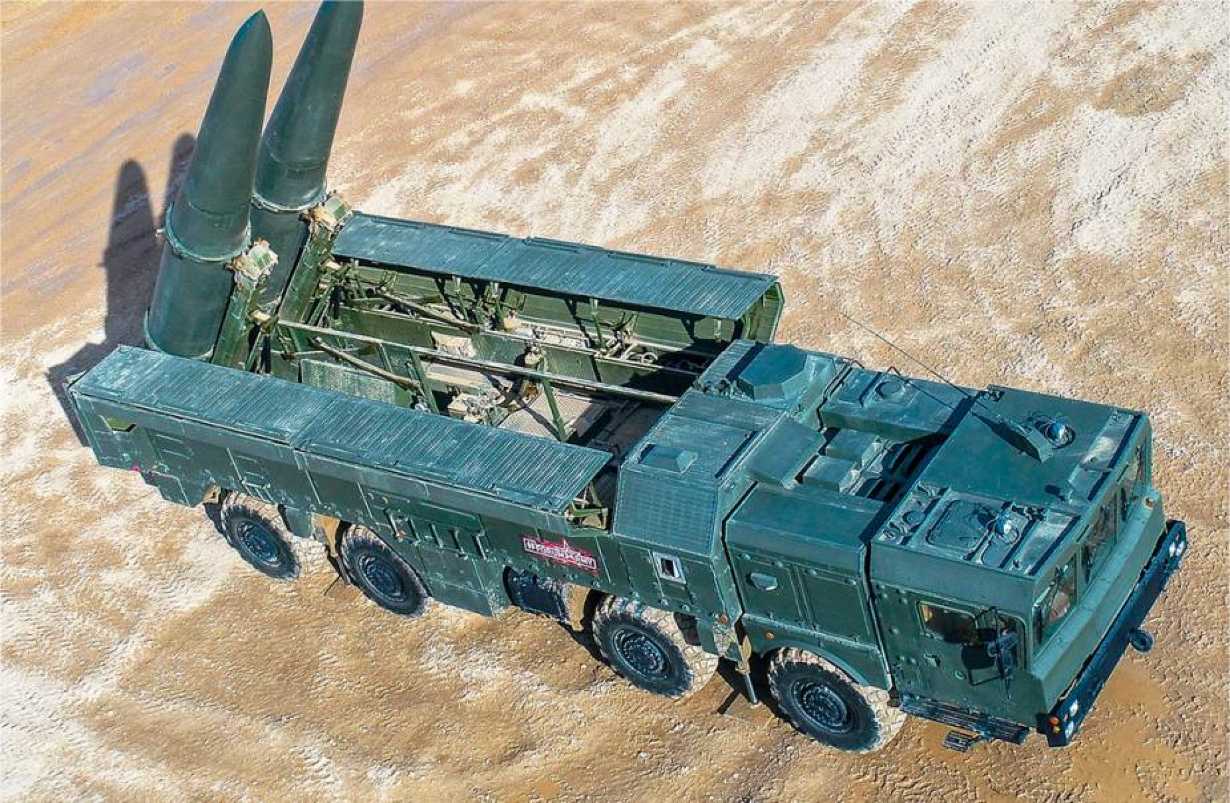
It also has jammers to counter active seekers and can maneuver at high terminal phase speeds. If the need arises, the Iskander system will likely play a vital role in any Russian attempt to manage the escalation and end the war in Ukraine from a strategic perspective, even from Belarus.
However, Russian officials have dismissed any such plans for now.
In addition, there are speculations that Russia is in talks with Iran to receive its Fateh-110 and Zolfaghar ballistic missiles and that Tehran could deliver soon. PAC-3 Patriot missiles are known for their capability to defend against highly maneuverable ballistic missiles, a power that Ukraine does not currently have.
The radar system of the PAC-3 performs tactical tasks such as airspace monitoring, target detection, identification, classification, and tracking as well as missile guidance and engagement assistance.
The system’s main objective is to counter threats from aircraft, sophisticated cruise missiles, and Tactical ballistic missiles (TBM). The PAC-3 missile employs hit-to-kill technology to increase its lethality against TBMs.
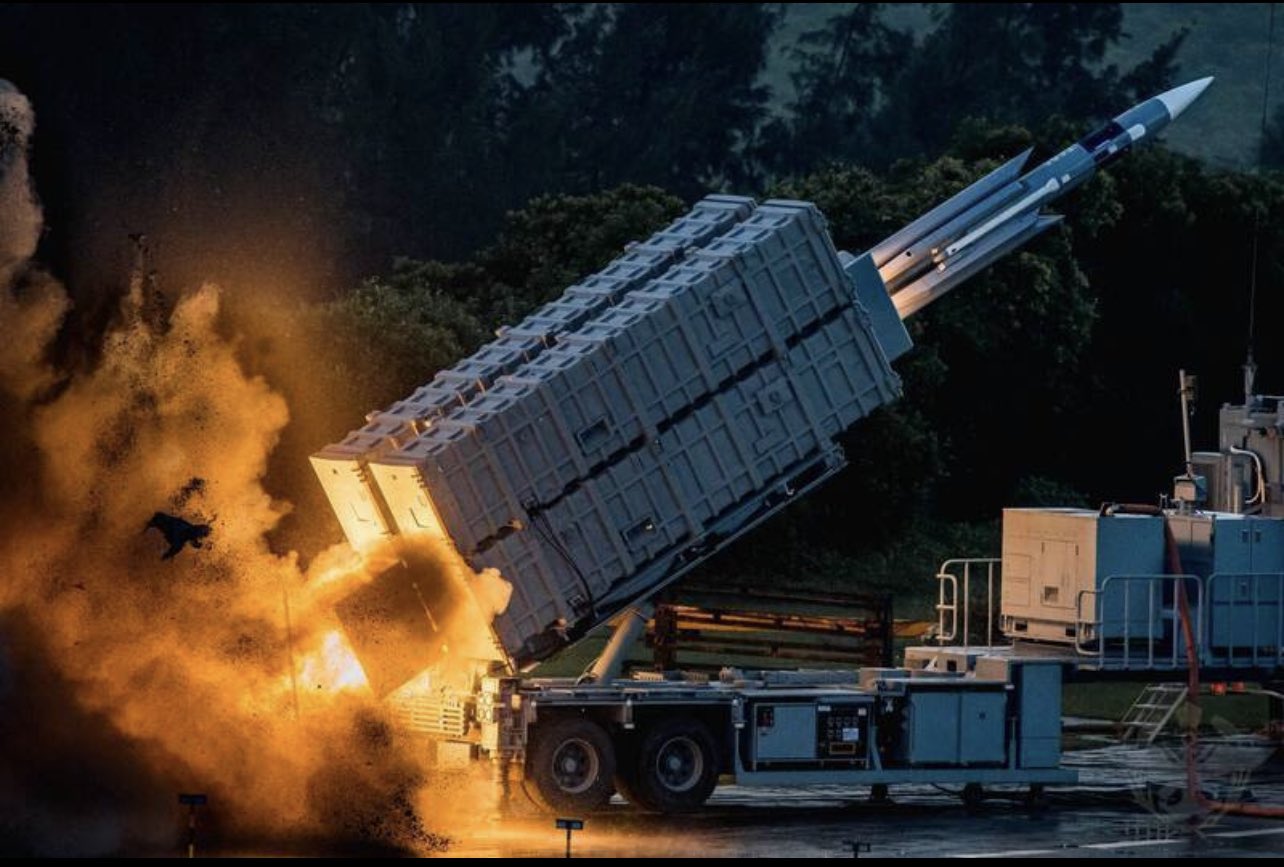
However, American officials have argued that one Patriot battery that President Joe Biden promised Ukraine would not dramatically alter the course of the conflict. A Patriot battery typically contains six to eight truck-mounted launchers with four launch canisters, each of which can simultaneously hold up to four missiles.
If Patriot systems were widely deployed in Ukraine, they could effectively block any ballistic missiles Russia could employ to attack Ukrainian infrastructure.
An anonymous US official quoted by AP News highlighted that one Patriot battery has a long shooting range but can only cover a small, broad region because the Ukraine contract has not yet been made public.
For instance, Patriots can successfully defend a tiny military outpost but fall short in protecting a sizable city like Kyiv. They were only able to offer coverage for a portion of the city.
Patriots are frequently sent out in battalions, each of which has four batteries. The system would not dramatically benefit Ukraine, which officials stated would receive one battery.
However, the Iskander missiles delivered to Belarus from Russia and the PAC-3 Patriot missile defense promised by the US to Ukraine have become systems that effectively shape diplomacy.
Escalation Or De-Escalation?
When asked at the White House joint press conference with Zelensky about providing Ukraine with long-range missiles that could strike Russia, Joe Biden said, “The idea that we would give Ukraine material that is fundamentally different than what’s already going there would have a prospect of breaking up NATO and breaking up the European Union, and the rest of the world… [US allies] don’t want to start a third world war…
“I’ve spent several hundred hours face-to-face with our European allies and the heads of state of those countries, and making the case as to why it was overwhelmingly in their interest that they continue to support Ukraine. They understand it fully, but they’re not looking to war with Russia. They’re not looking for a third World War.”
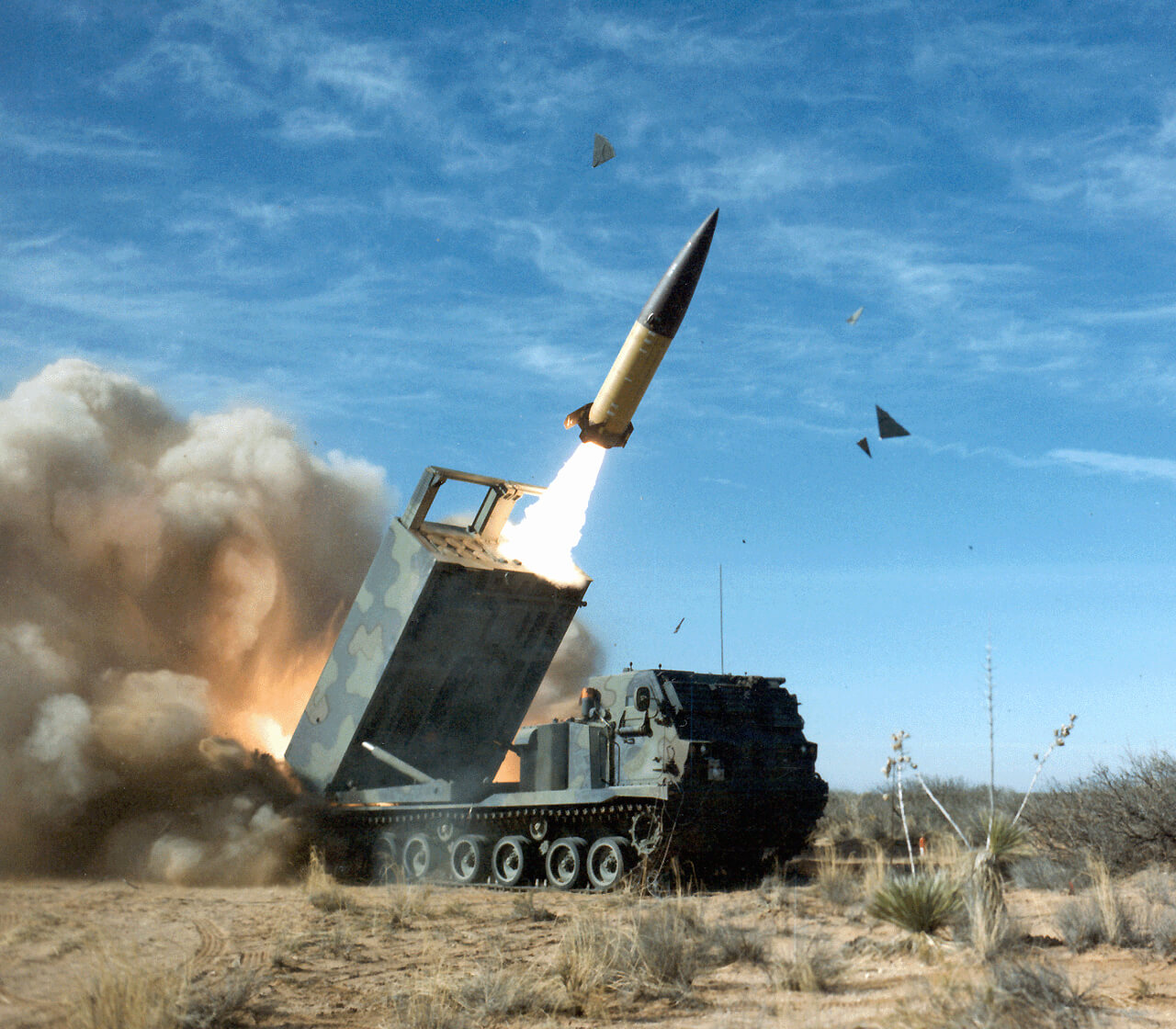
As Bhadrakumar argued, this comment is extraordinary at this point. The US decision to stay off the escalation ladder is akin to an olive gesture to Moscow. It also casts an intriguing light on Zelensky’s trip to the US, which was speculated to be aimed at lobbying support for ATACMS and Reaper drones, as previously observed by EurAsian Times.
Shortly after the high-profile visit, which was watched keenly inside the United States and Russia, President Putin called for an end to the war. He said, “Our goal is not to spin the flywheel of military conflict but, on the contrary, to end this war.”
“All armed conflicts end one way or another with some negotiations on the diplomatic track,” he added. “Sooner or later, any parties in a state of conflict sit down and agree. The sooner this realization comes to those who oppose us, the better. We have never given up on this.”
- Contact the author at sakshi.tiwari9555 (at) gmail.com
- Follow EurAsian Times on Google News


